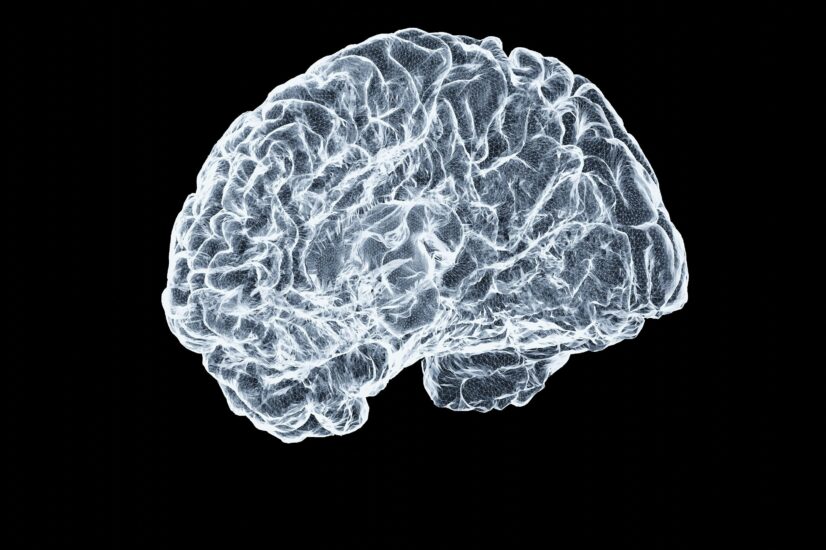
Posted April 18, 2024

In the brain, accumulation of abnormal tau is one component of the destructive pathology leading to Alzheimer’s disease. Throughout our lifetime, microglia are the resident innate immune cells of the brain removing debris and unwanted particles. With age and increased cell damage, microglia can shift from protective to destructive. A new study reveals that mice with brain shrinkage due to abnormal tau, similar to that in Alzheimer’s, have more destructive T cells in their brains, attracted by the microglia. Understanding the role of T cells in neurodegeneration may lead to new areas of therapeutic strategies.
****************************
In Alzheimer’s, amyloid beta begins to build up in plaque bundles in the brain, years before cognitive symptoms emerge. The increased levels of amyloid are followed by an accumulation of aberrant tau and neurodegeneration, which more closely correlate with cognitive decline. Despite high levels of amyloid plaques, mouse models with amyloid do not develop brain atrophy. In contrast, with age, mouse models with tau develop neurodegeneration similar to that in AD patients— and this damage is exacerbated by APOE4, the strongest genetic risk factor for sporadic AD. In this study, an increase in T cells in the brains of the tau mice was observed, and these T cells were recruited by the microglia to enter the brain. Together, the two cell types promoted neurodegeneration.
When the brain sustains damage, microglia activate and can shift from a housekeeping to a disease-associated state. The study found that with greater brain atrophy in the mice with tau, there was more microglial activation and the cells entered an overactive state. Researchers also observed significantly higher levels of T cells in the mice with tau, as compared with mice with amyloid plaques, where the microglia also were overactivated but there were no T cells. The higher levels of T cells in the tau mice aligned with more severe brain atrophy and neurodegeneration. This also was observed in postmortem AD human brains. Areas with a lot of tau pathology displayed increased levels of T cells, while areas with amyloid buildup alone did not.
Further research in mice showed that, in the brain, the two types of immune cells work together to create inflammatory conditions that drive neurodegeneration. Microglia release molecules that attract and activate T cells. T cells drive microglia to become inflammatory, which can cause further neurodegeneration.
Removing microglia from the brain or T cells from the periphery in the tau mice profoundly reduced neurodegeneration. Without microglia, T cells did not infiltrate the brain, suggesting that microglia play a crucial role in facilitating T cells to cross into the brain. Depleting T cells from the periphery also was neuroprotective and improved the ability of mice to perform on behavioral and cognitive tests. Together, these findings add to the emerging body of scientific evidence suggesting that the brain’s innate immune system and the body’s peripheral immunity cross talk with each other in health and disease.
In summary, the research sheds new light on the complex role and interplay of immune cells in Alzheimer’s disease, and for the first time demonstrates a role for peripheral T cells in neurodegeneration. The study offers new avenues for future therapeutic investigation into targeting T cells for the treatment of AD.
Published in Nature:
Microglia-mediated T cell infiltration drives neurodegeneration in tauopathy
Jasmin Herz, Ph.D., Washington University School of Medicine in St. Louis
Jonathan Kipnis, Ph.D., Washington University School of Medicine in St. Louis
Jason D. Ulrich, Ph.D., Washington University School of Medicine in St. Louis
David M. Holtzman, M.D., Washington University School of Medicine in St. Louis





